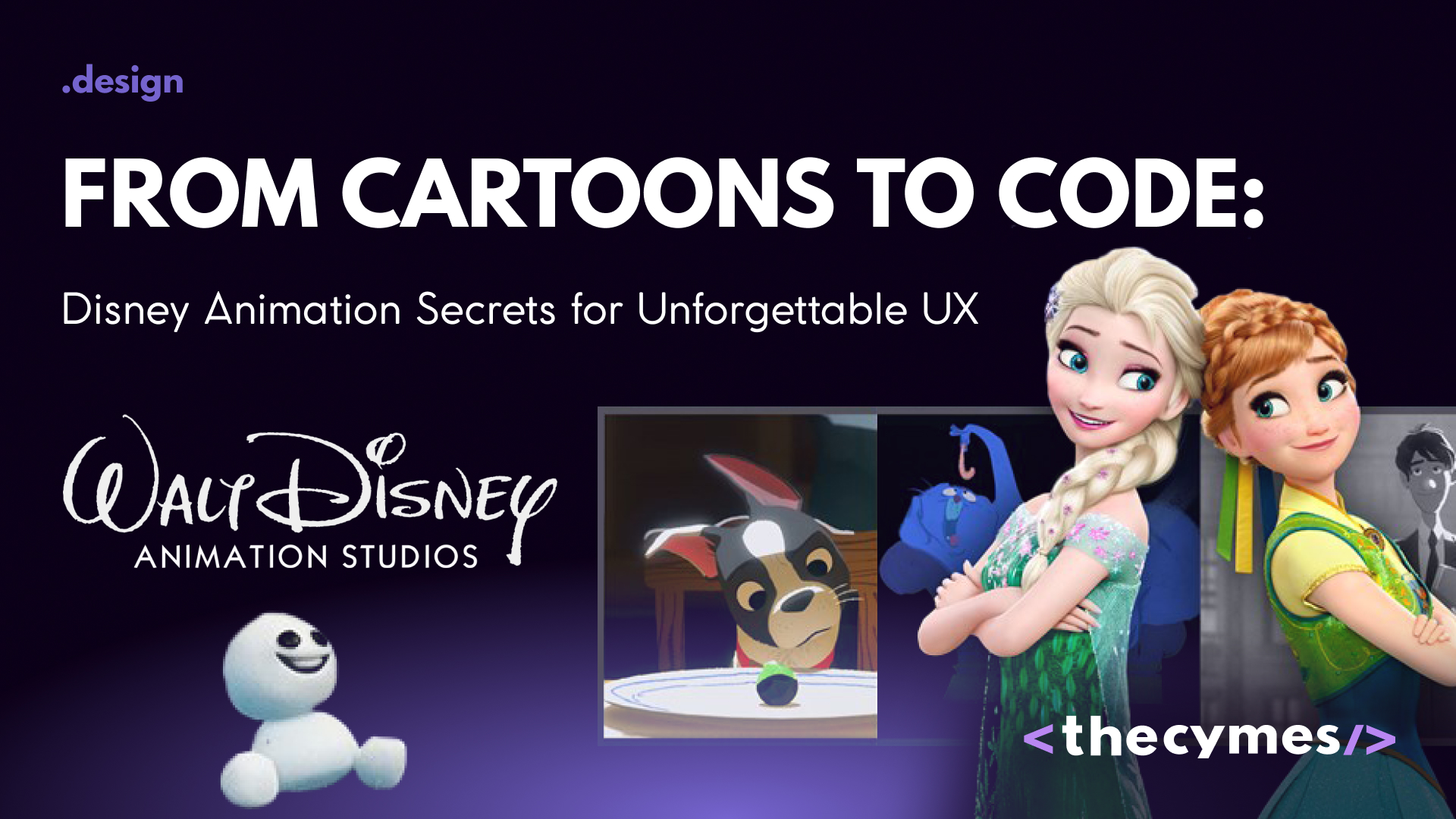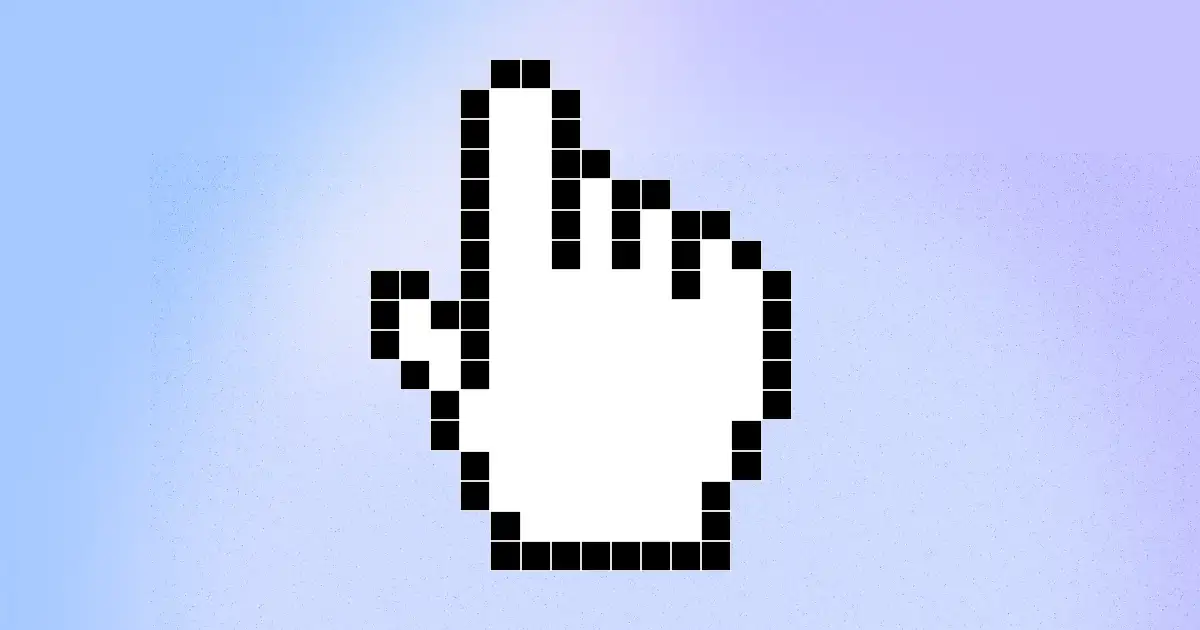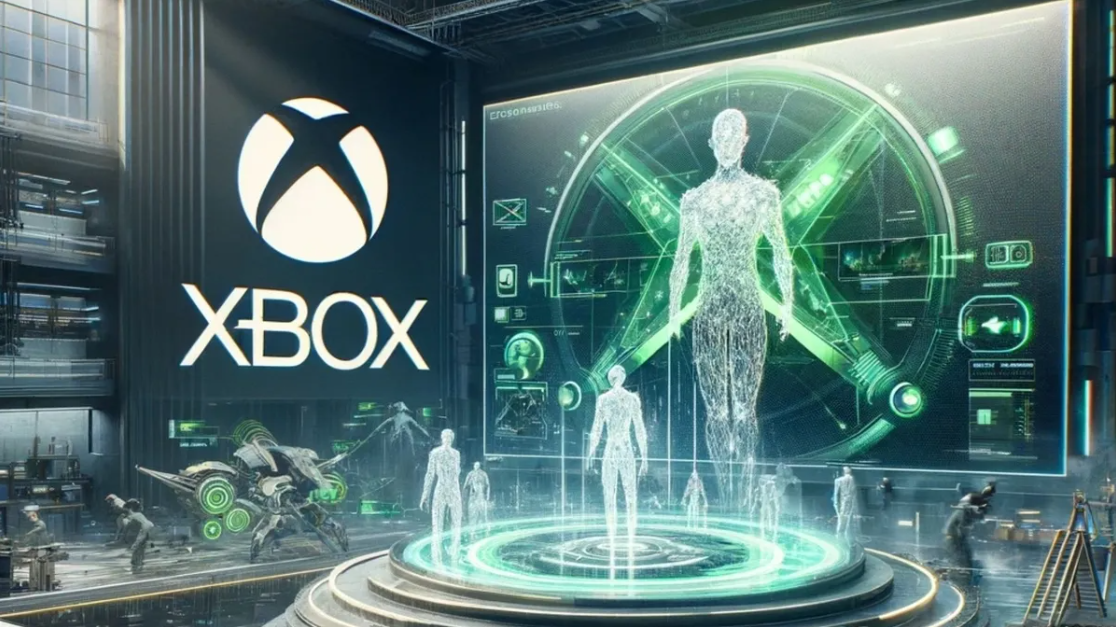Table of Content
From Cartoons to Code: Disney Animation Secrets for Unforgettable UX
/>Read about the 12 core principles of animation pioneered by Walt Disney Studios and learn how modern designers and content creators can apply these timeless techniques to elevate their own work.Introduction:
Let us try to understand the roots of this prominent film studio widely known as the Walt Disney Studios. Captivating for generations, their performances with a touch of national pride and unique demeanour have defined them. At the core of all this, however, you have what the animation masters have identified as the 12 precepts universal to animation.
Squash and Stretch: Don’t Just Design It
The ability to bend and contort the feet, and limbs is important in modelling realistic movement. What it’s meant by this is to make the limited three-dimensional world of video game more flexible in the manner that the physical world is flexible. This makes creating more solid and gives it a weight, speed and character to what is being designed.
Anticipation: Prepare the Stage for Passage and Transition

As in any drama, they should have a hint of planning in making great animations for the show. Therefore, if you can phrase your intents in a way that allows the addition of anticipatory movements, it will help to build more tension, and transitions between the actions will look less forced. This principle assists to lead the viewer’s eye and creates a background for an exciting transition.
Staging:
There are several principles that should be followed when seeking command attention through composition:
The position of the elements painted on the cv portrait determines the extent of what is portrayed. Attention to specific segments of the visual field or to certain elements of the setting, chosen angles of shooting, and careful choice of proportions also help to lead the viewer’s attention to what is important. As you will learn in this chapter, understanding this principle to the later would assist you in delivering your message.
Straight Ahead Action: The Features of the Animated Picture
They use two techniques in animating, they are straight ahead action and pose to pose. The former has no specific prescribed flow or path and the latter consists of deliberately defined points of movement on the path. Combining these techniques can give your animations that extra emotional kick that flies in the face of the principle of continuous motion.
Overlapping Action:
To sum up, smooth the transition is one of the effective tools for passing from course to course, and from degree to degree, or even from one academic level to another, which is important for students who getting deeper credit.
Real-world motion is most often not ideal, with actors not changing position suddenly and crisply. One way is to utilize follow-through and overlap, whereby it is easier to match the movement fluency between the avatars. This principle just makes the connection between positions that fill the time between two different key poses, or the flow between individual frames.
Slow In and Slow Out:
In order to accurately represent natural movement, one needs to mimic augmented acceleration, but do so at ‘natural human speeds,’ which refers to movements at a slow pace or at moderate velocities.
It was also important for the Court to make it clear that not all people’s movements are the same. Because you begin and end the motion at the correct speeds — for instance, by arriving at an important pose quickly, then slowing down before moving on — you are able to emulate real life objects. This principle makes the animations weighted, adding more gravitas and conviction, which makes your animations look more realistic.
Arcs:
The following are some guidelines that can help the composition of shapes evolve into smooth and organic curves that guide the eye around the piece.
In regard to the nature of movements the majority of them are arc or curved in their orientation. It is having this principle in mind in your animations that you want to have a fluidity and graciousness. Arcs also serve practical purposes as they indicate possible directions of movement or sight, guiding the observer’s gaze fluidly through your composition.
Secondary Action:
There are six conversational rules that are useful for adding depth and personality into conversations.
Of course, there is more to a primary motion to make your animations all the more interesting and you will see in the following section. The secondary directions, like the drive, Work and the hair and garments of a character, can make the characters more realistic and individual.
Timing:
Rhythm can be described as the variation of time between two events, and speaking of animation rhythm is no different as it can be considered as being the lifeblood of animation.
The synchronization is one of the critical features that define whether your animation will be good or not. Timing is key here, but applied correctly, it can make things feel heavier, more important, and more ‘defined’ to the audience you’re playing to.
Exaggeration:
Five ideas to step up the drama and emotion When presented with a weak script, struggling writers should look for ways to add more drama and emotion as they edit to make the scene gripping and interesting for viewers.
Many dramatic expressions and movements are applied in Disney Animated Movies, from its characters to draw a much expressive and emphatic. That said, it doesn’t mean you should shy away from partaking in exaggeration; you should occasionally incorporate that in your designs to make them pop and draw the attention of your audience.
Designing: Overcoming Barriers to Creative Expression
As previously noted integral drawing skills shape the foundation of good animated creation. Strengthening the principles of shaping forms, volumes, and perspectives in your drawings will let you create effective characters and objects that will look well-coordinated, three-dimensional, and organic.
Appeal: Challenging Consumers with Ingenious Craft Designs
The last of Disney principles is perhaps the hardest to define, though: the appeal. A good example of this is when you are working on stories that have characters and designs that are likable and more approachable. That is why making characters in your presentation lively and adding that human touch or charm to your movie gives it that magical feeling that people like to associate with their arts.
Сonclusion:

Applying these 12 principles in the works, contemporary designers and content makers can improve the results of their jobs, in addition to revealing to the audience the charm received in Disney animations. So in other words, and now let’s reveal the holy grail secrets of Disney and bring your characters alive!




